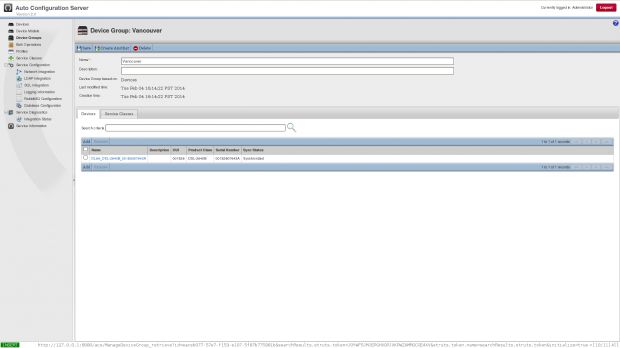Published on 26 Feb 2014
In a real-world scenario, this may translate to one of the following use cases:
- A new customer signs up for a set of services provided by their service provider
- A new modem is shipped to the customer and activated
- Once the device is activated, a customer service representative associates the appropriate level of service to the newly activated device
This level of service is usually represented by an LDAP object or a pre-existing service class that is already in the system. The service class association then triggers a series of events that configures the customer-premises device with the services that the customer ordered, whether this be high definition pay-per-view channels, voice calling features, wireless connectivity, or data speeds.
Zero touch provisioning is one of the benefits of Incognito Auto Configuration Server. This allows a service class association to be triggered automatically the moment that the customer’s device comes online, without requiring any intervention from a customer service representative.
How it Works
Incognito Auto Configuration Server is configured to retrieve the service class associations from an LDAP server. The moment that the customer’s package selection is saved to LDAP (typically after providing payment), the customer service representative’s job is done.
When the customer receives their device and powers it on, the service level associations and provisioning will be completed automatically, which means one less call to the customer service center. The customer simply has to plug in the device and it works.
For a CSR and the user, this process happens seamlessly. The below steps show an example of a device configuration stored in LDAP. Typically, a management system would complete this process automatically, but the below example has been manually configured to illustrate how this process would occur behind the scenes.
The first step (image 1, below) is to configure the server to do LDAP lookups for service class and device group associations. This step is completed once by the service administrator. These associations will kick in the moment the new device is discovered.
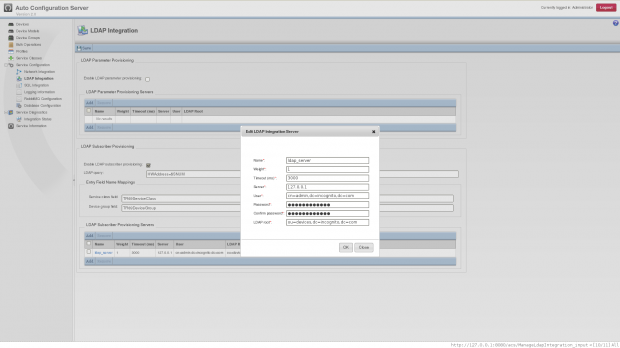
The second image (image 2, below) shows sample data of LDAP entries that correspond to devices that will be given to new subscribers. These entries would be populated automatically by the back-office system when a CSR assigns a package to a new customer.
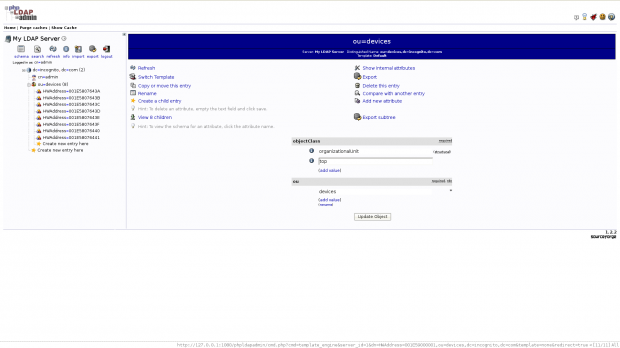
Image 3 (below) shows a sample entry of a device configuration stored in LDAP.
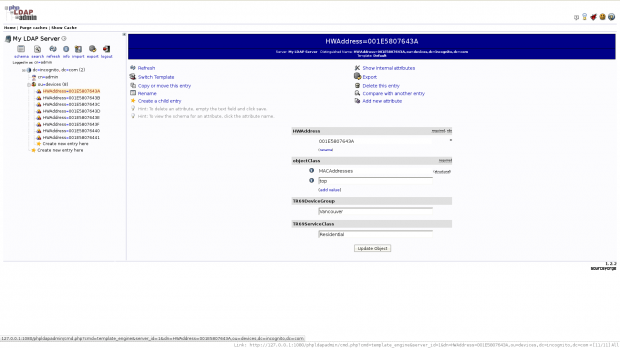
Image 4 (below) shows that Auto Configuration Server has automatically associated the device to the correct service class and device group when it comes online.
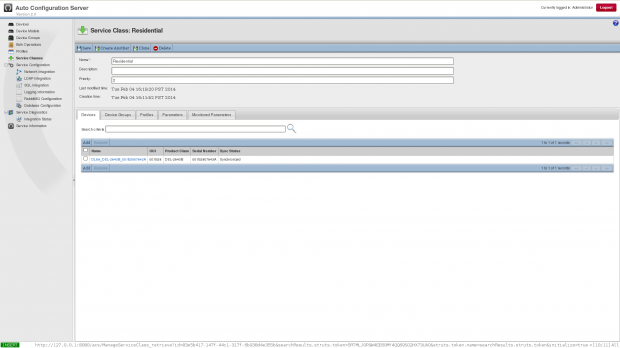
Any provisioned parameters that would have been associated with the service class are automatically sent to the device. After a successful execution, the device enters the synchronized state. (Image 5, below).
